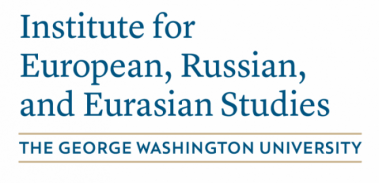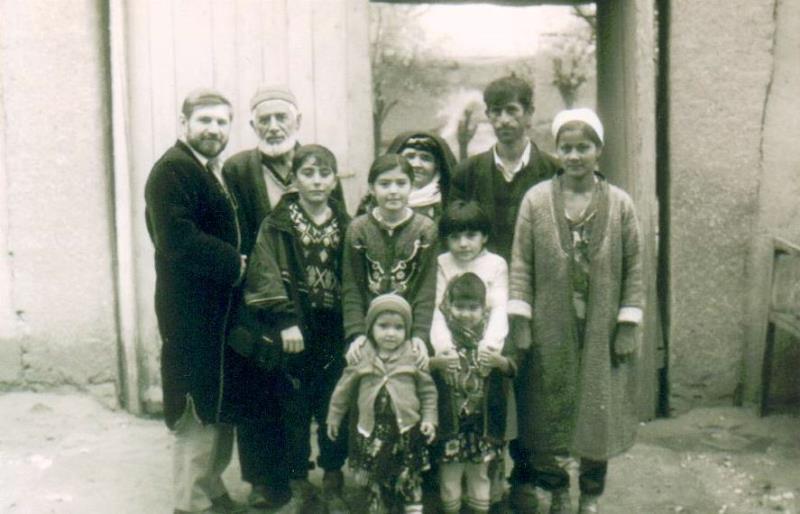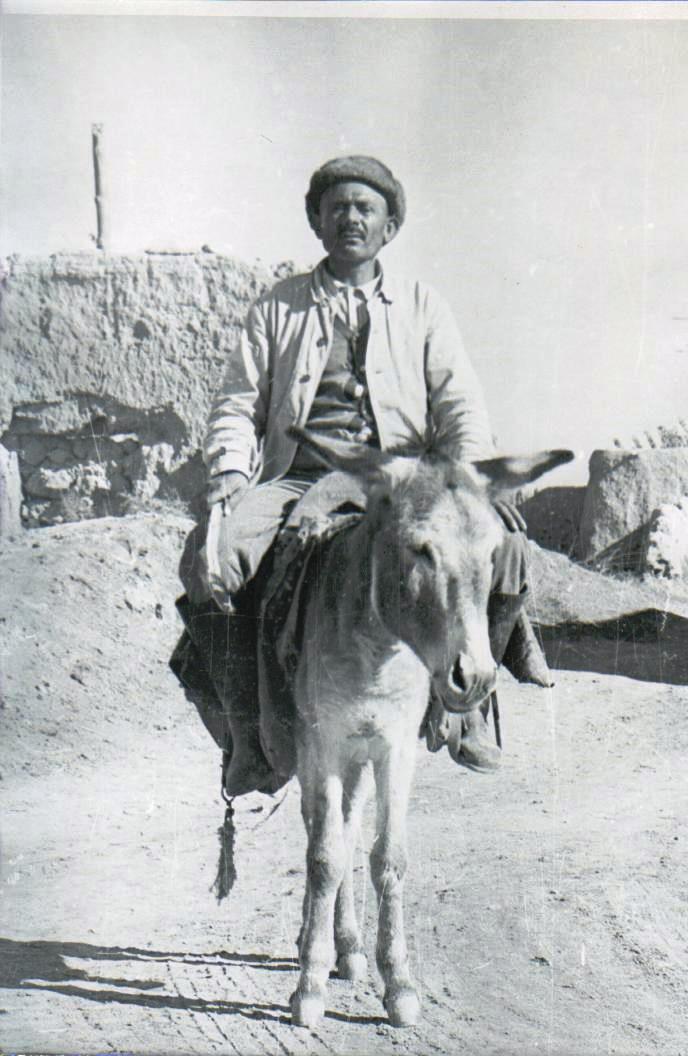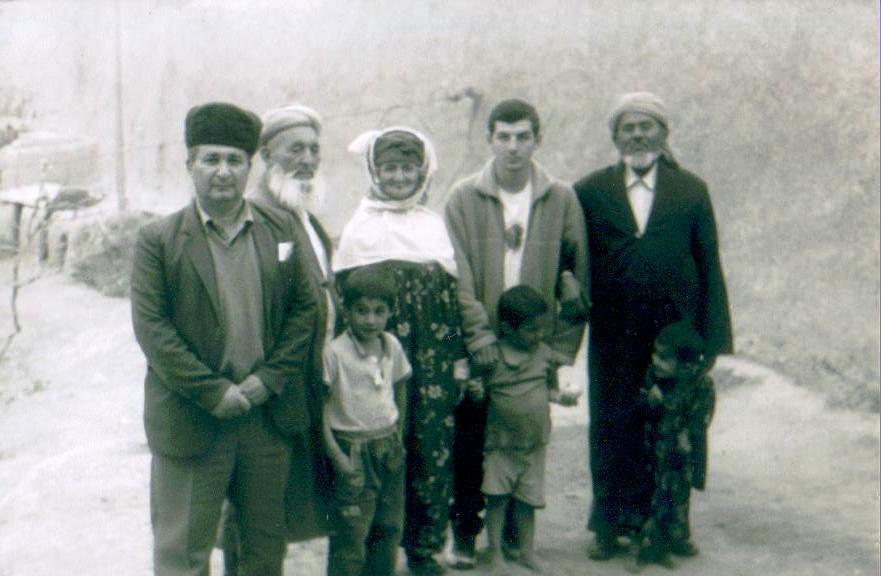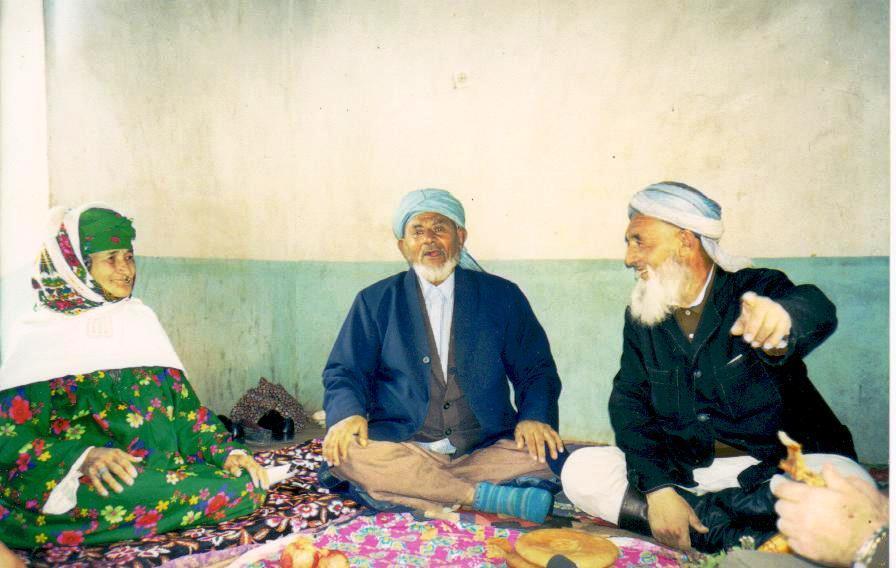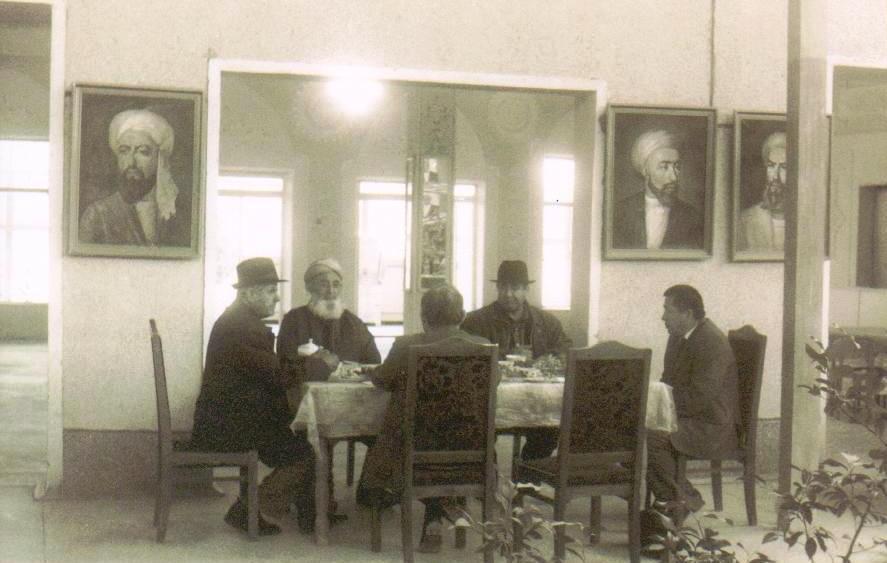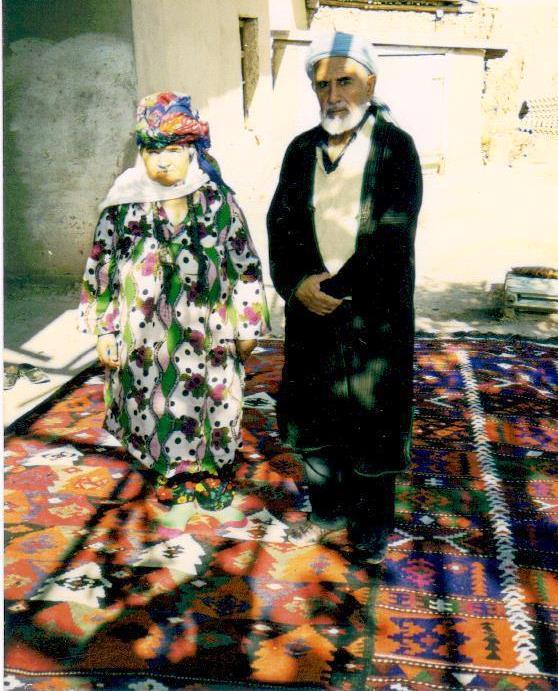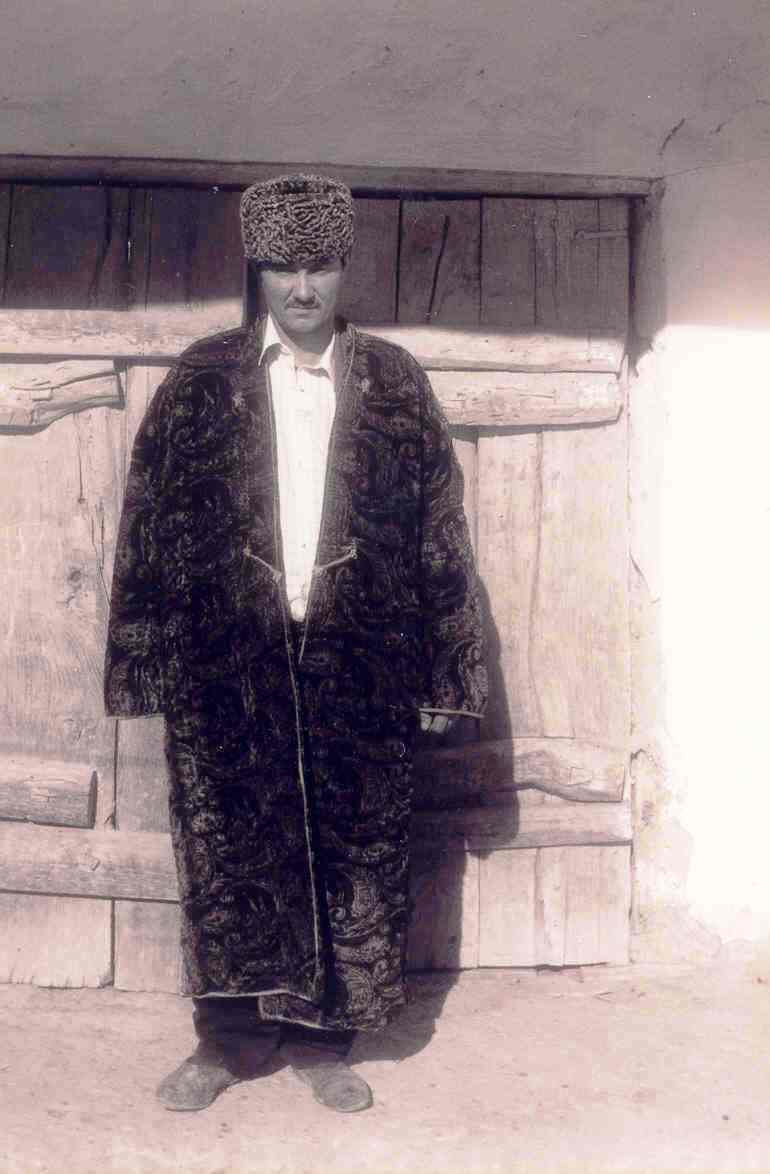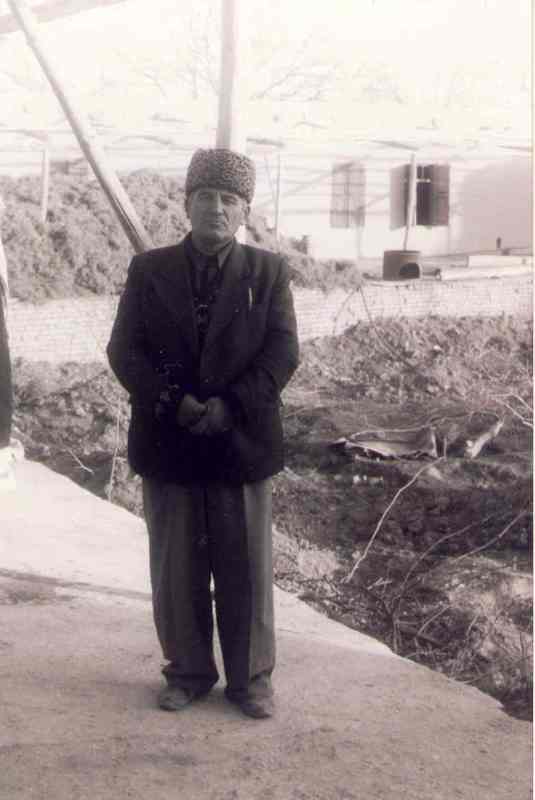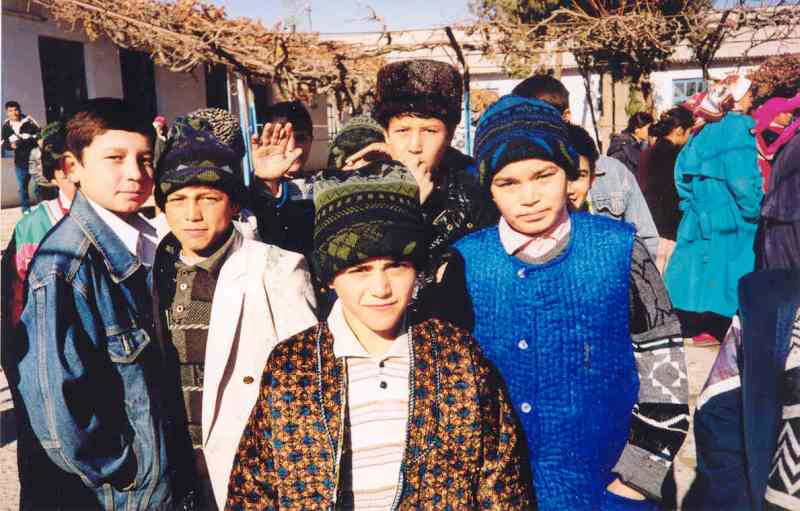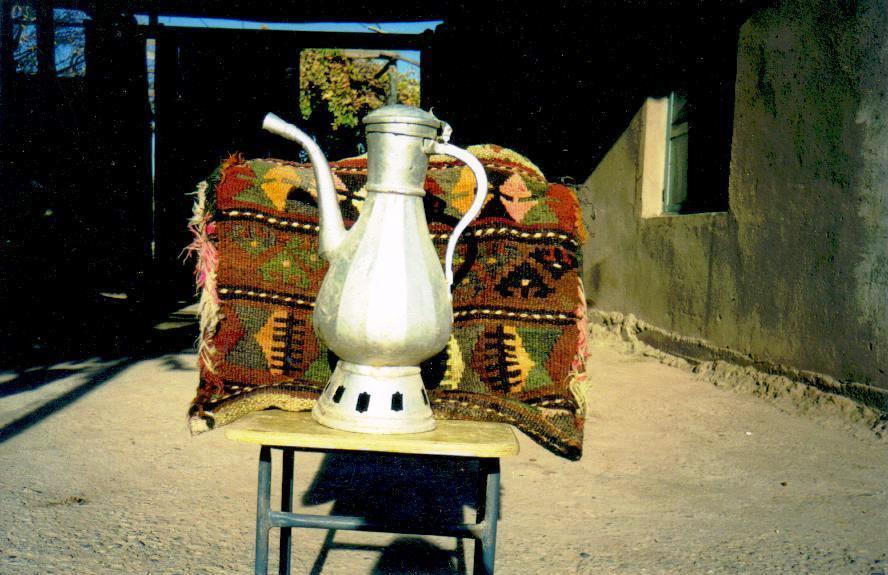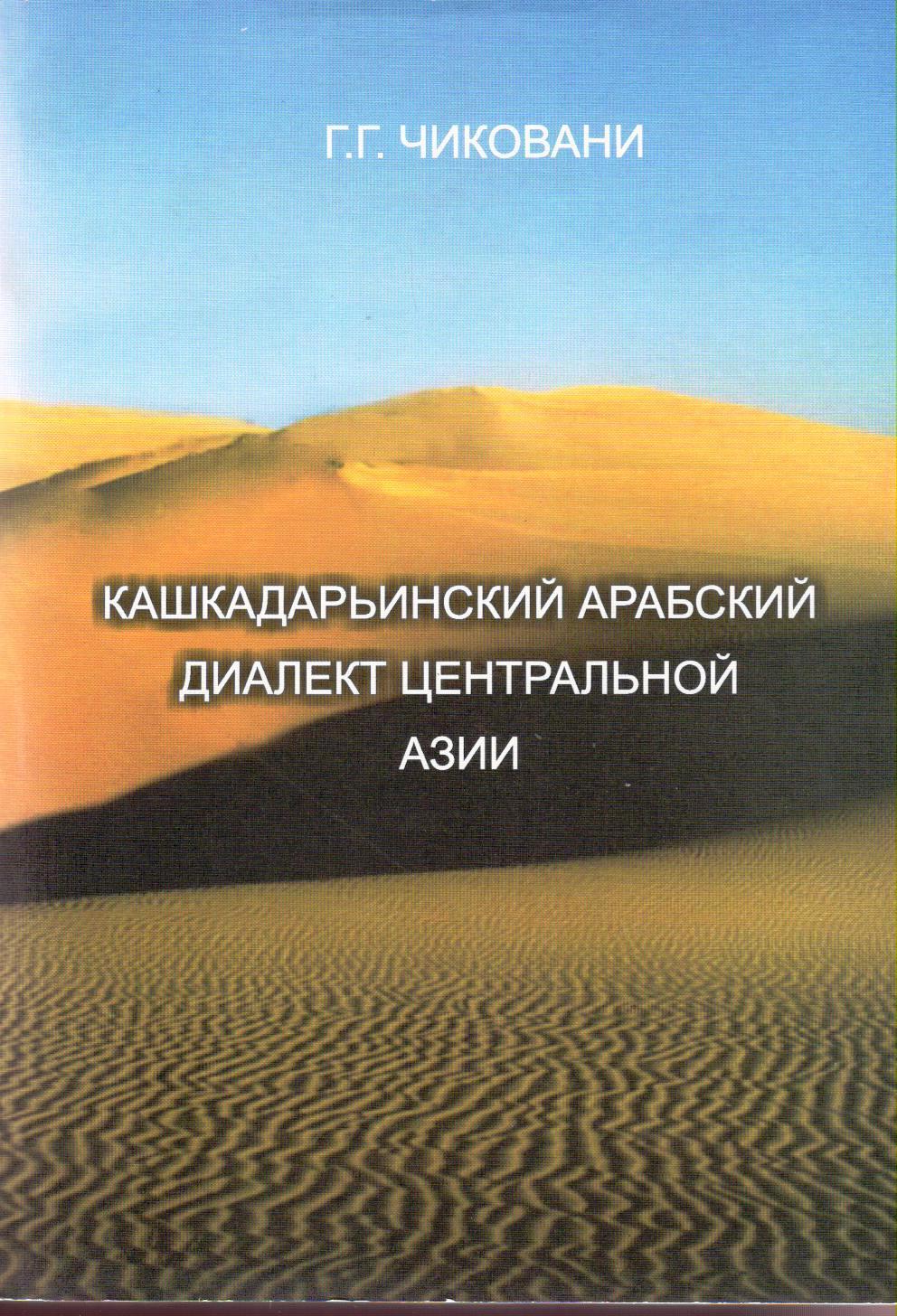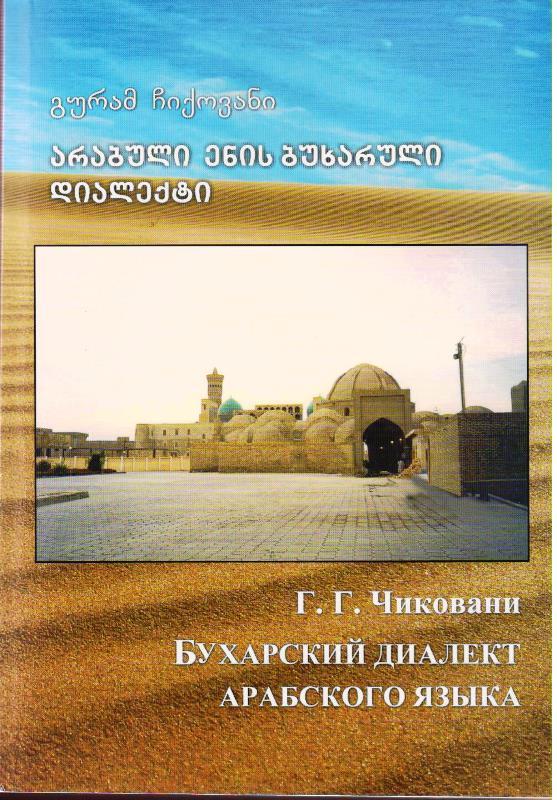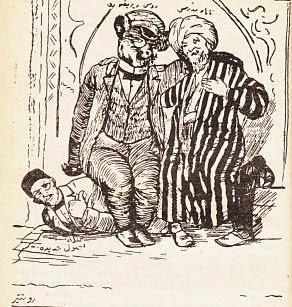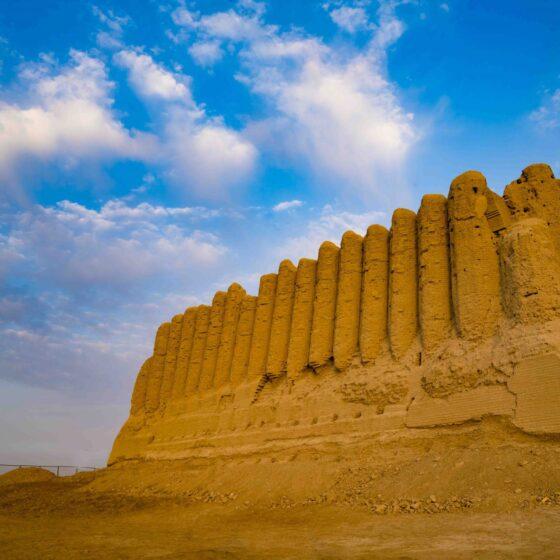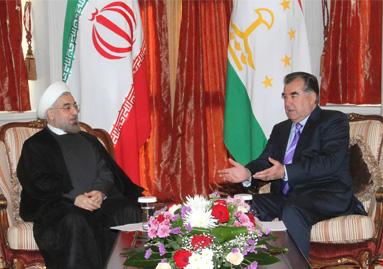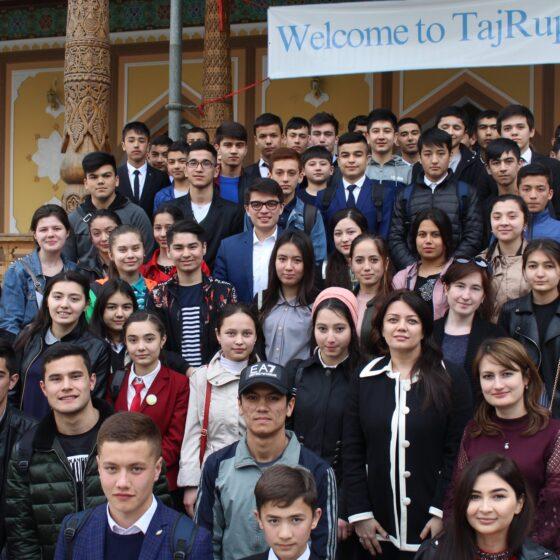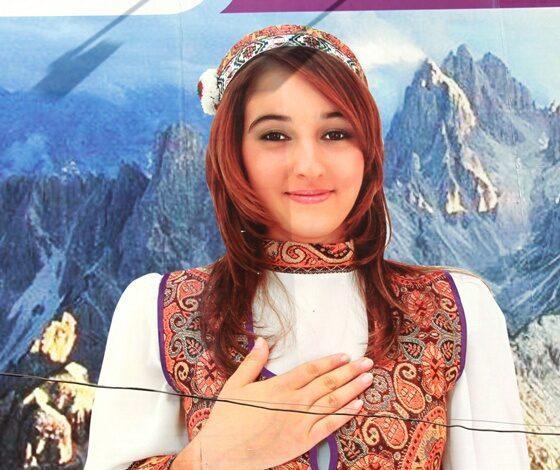Central Asian Arabic is a variety of Arabic spoken in Afghanistan, Tajikistan, and Uzbekistan. It was once spoken among Central Asia’s Arab communities, who lived in Samarqand, Bukhara, Qashqadarya, Surkhandarya (present-day Uzbekistan), and Khatlon (present-day Tajikistan), as well as Afghanistan. Most Central Asian Arabs lived in isolated communities and did not favor intermarriages with the local population. This factor helped their language survive in a multilingual milieu until the 20th century.
Professor Guram Chikovani, Director of the Center for the Study of Arab Countries and Islamic World at the Free University of Tbilisi and former rector of this university, comments on the language of Arabs in Central Asia. Professor Chikovani collects linguistic material in Bukhara and Qashqa-darya regions of Uzbekistan since 80s and has published four monographs and more than 50 scientific articles on Central Asian Arabs, their history, culture, language, folklore, and ethnography.
На русском: На каком языке говорят арабы Центральной Азии?
Professor Chikovani with Central Asian Arabs. All photos are provided by Guram Chikovani
How Arabs came to Central Asia?
On the bases of the study conducted by us, two chronologically different waves of Arab migration can be assumed in Bukhara and Qashqa-darya regions:
- The settlement of the direct ancestors of Qashqa-darya Arabs in this region might have taken place in the 7th-10th centuries, which follows from the arguments given below:
- Inhabitants of qishlaq Jeinau have preserved an oral tradition about the settlement of their ancestors in the first centuries of Hijra;
- Historical sources attest to the existence of Arabs in Qashqa-darya region, Central Asia, in the 7th-12th
- The Arabs living in present-day Qashqa-darya and those who settled here in the 7th-10th centuries are related through a very important evidence by Al-Isṭakhrī concerning the settlement of Quraish Arabs in this region in early times, the majority of Arabs inhabiting this region at present links their origin with the Quraishan Arabic tribe.
- Comparison of the QAD with the Bukhara dialect on the level of linguistic data proves that the Qashqa-darya Arabic is more archaic and it bears more resemblance to classical Arabic, which may be explained by long geographic and linguistic isolation of Qashqa-darya Arabs from the Arabic world.
- Direct ancestors of Bukhara Arabs may have settled in present day Ghijduvan region in the 14th This can be assumed on the basis of the following:
- According to an oral tradition, ancestors of Bukhara Arabs were settled in Central Asia by Tamerlane;
- Linguistic analysis of the Bukhara dialect reveals some dialectal phenomena, which are common to Arabic dialects, not attested in literary sources until the 14th
Arabs of Qashqa-darya
Bukhara as a home: Preserving language and traditions
The Bukhara dialect is spoken by the population of Jōgarī, Chaghdarḗ, Shohan-beg villages, Ghijduvan area, Bukhara region, as well as Arab Khana village, Wobkend region, whereas Qashqa-darya Arabic is spoken in the qishlaqs Jeynau and Qamashi, Beshkend region, North – West of Qarshi. According to our observation on the spot, the Bukhara dialect is spoken by approximately 3,000 people in the given qishlaq at present, whereas up to 1,500 people know the Qashqa-darya Arabic. At the same time, the Arab population in residential areas exceeds greatly a number of native speakers.
The Central Asian Arabic dialects (Bukhara and Qashqa-darya Arabic dialects) belong to the eastern group of Arabic dialects. They offer extremely wealthy material from the viewpoint of the study of linguistic contacts. In this respect, speech contacts of languages with the different structure on the level of relationship of the Semitic (Arabic), the Indo-European (Tajik, Afghan (Dari)) and the Turkic (Uzbek, Turkmen) languages is especially important.
Arabs of Bukhara
The Bukhara and Qashqa-darya Arabic dialects linguistically are different from other Arabic dialects. They are considered as independent groups of Arabic dialects. There is also a difference between these two dialects, so, sometimes Bukhara and Qashqa-darya Arabs do not understand each other and prefer to speak to one another in Uzbek or Tajik language. The language difference between these two dialects may be explained by different migration waves from different parts of the Arab world at different time, as it was mentioned above. That’s why we found a difference in phonetics and morphology, as well as in vocabulary. At the same time, the speech of Qashqa-darya Arabs in Jeinau is mostly influenced by the Uzbek language. As for Bukhara Arabic dialect, it is mostly influenced by the Tajik language.
Central Asian Arabs have no written literature in Arabic or Cyrillic, they do not know Arabic writing.
Central Asian Arabs culturally are mostly assimilated with local population but they preserve their language and make living from traditional activities of Arabs (sheep breeding, Arabic handcrafting). Almost all of them have cows, sheep, and donkeys. They are also active in agriculture. They marry each other. The women knit Arabic traditional carpets.
A century of researching Arabs of the region
The foundation for the study of Central Asian dialects was laid in the 1930s by Acad. G. Tsereteli and Prof. I. Vinnikov. Acad. I. Krachkovski played a great important role in discovering Arabic dialects in Central Asia. He regarded it as “the greatest scholarly discovery indicative of a certain revolution in Arabic dialectology”.
The credit should go to George Tsereteli for demonstrating the existence of two different dialects – Bukhara and Qashqa-darya, as a result of his first scholarly mission to Central Asia in 1935. Yushmanov, H. Niberg, V. Fisher, O. Yastrov and K. Versteegh also devoted significant works to Central Asian Arabic.
Prof. Guram Chikovani visited Central Asia several times in the 80s, 90s of last century and from 2000 to 2010 every now and then. He collected linguistic material in Bukhara and Qashqa-darya regions of Central Asia and published the texts recorded by him with Arab transcription, comments, and grammar. He has written four monographs and more than 50 scientific articles on Central Asian Arabs, their history, culture, language, folklore, and ethnography. In 2002 in Tbilisi he has published “Central Asian Arabic Dialects. Qashqa-daria Dialect (Phonology, Grammar, Vocabulary) in Georgian and a lot of articles in English, Arabic, and Russian published in England, Austria, Italy, Spain, Poland, Malta, Morocco, Syria, Bahrain, Saudi Arabia, Qatar and Russia (Moscow, Saint Petersburg).
In Baghdad University Central Asian Arabic dialects are also under research by Iraqi scholar Dr. Mudhafer Abd Roomi.
